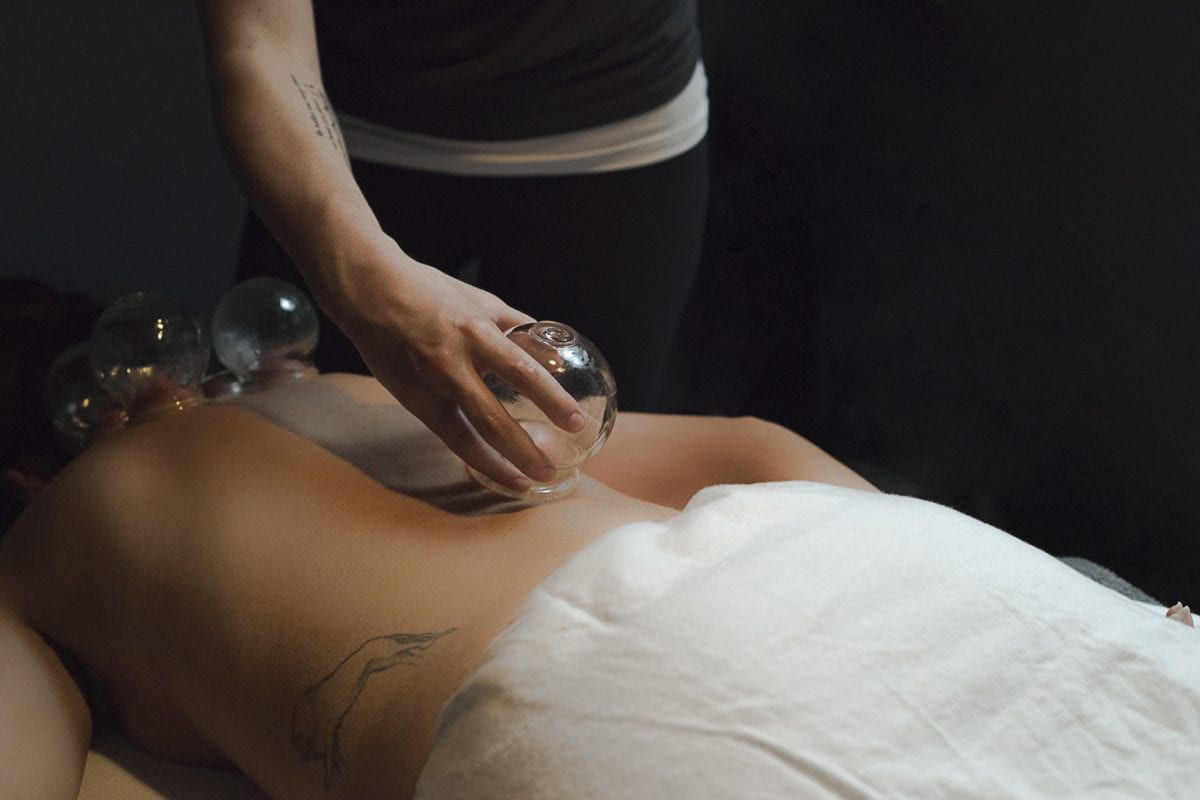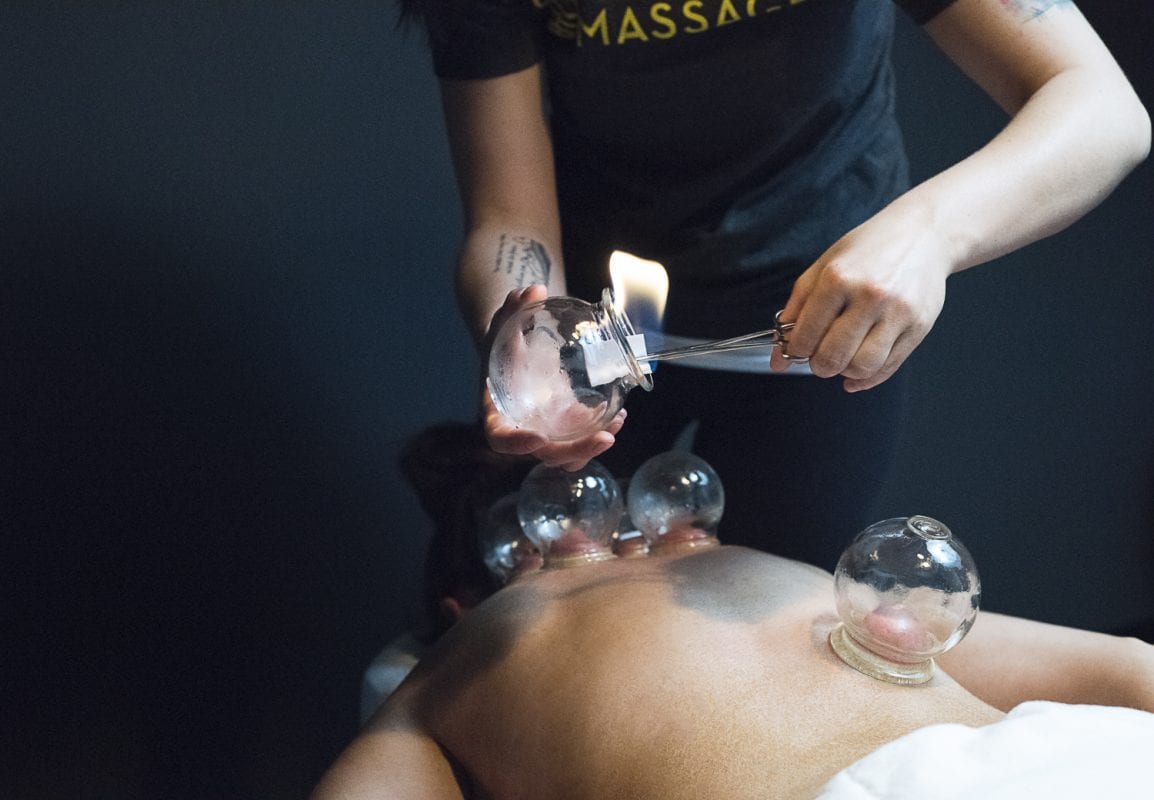If you watched the last Olympic Games in Rio, you may have seen strange, circular spots on several of the athletes’ bodies. They’re evidence of the latest health trend to hit the sports industry; that of myofascial cupping massage, or ‘cupping’. In basic terms, cupping is a form of deep-tissue massage which uses heated cups to “suck” tissue, leading to, among other things, enhanced recovery. The cups are usually glass, but can be made from a variety of materials including wood, bamboo, plastic, and silicone.
Cupping isn’t some dodgy new fix-all, found on the late-night shopping channel. On the contrary; cupping has been around as far back as records go – around 3500B.C, and has played a major part in the healing rituals of many cultures. As with any other technique handed down over centuries and continents, there are various forms in use across the planet. For example, do a search online for “Chinese fire-cupping” and you’ll see a variant of cupping that might turn your stomach.
For athletes, the most common cupping technique is called “myofascial decompression massage” and is sometimes referred to as “myofascial cupping.” This specific technique is safe, easily performed, and extremely beneficial, all contributing to its quickly-growing fame. Initially an ‘elite’ technique, performed only in the most avant-guard clinics, MFC has since become an almost common practice for professionals seeking a legal edge.
It’s important to mention that MFC is a form of therapy that should be performed by a professional, at a professional massage clinic. The difference between a spa and a clinic is that at the latter, the staff are highly-trained therapists with thousands of hours of experience. While MFC is safe, it can easily be unsafe in the hands of an amateur.
At your appointment, the therapist will first walk you through the procedure and will assuage any concerns you may have. The next step is a physical evaluation of your body, palpating your muscles, looking for areas such as deep, tight knots that aren’t easily worked out with regular massage. Such spots are perfect for myofascial cupping. Once your therapist has identified the specific locations for MFC treatment, he or she will light an alcohol-soaked cotton ball on fire, place it very quickly inside a small glass cup (about the size of a rock glass), and then place the cup, open side down, upon your skin. You don’t have to worry about being burned; the flame doesn’t heat the cup itself, only the air within.
As the air inside the cup begins to cool, the pressure will lower, resulting in a vacuum which will gently pull your flesh up into the cup. In some cases, the cup may be left in one place for up to three minutes, and in other cases, it may be pulled and pushed a few inches in either direction. Either way, once the cup is removed, a mark in the shape of the cup’s rim will remain for up to two weeks. The technique doesn’t cause any pain at all; indeed, many people have said the feeling is extremely soothing, and that after a session, they often feel completely relaxed.
But athletes aren’t getting MFC for its relaxation properties. Instead, as the flesh is pulled into the cup, the blood and lymph vessels below the cup dilate, causing higher blood flow (cell oxygenation), and faster lymphatic removal. Overall, the procedure can dramatically improve the rate at which muscles and tissue fibres recover after a work-out or competition.
At this year’s Olympics in Rio, three different medal winners attributed their wins in part to MFC. Gymnast Alex Naddour, and swimmers Natalie Coughlin and Michael Phelps were all receiving the therapy during the games, and afterwards, Naddour stated that cupping keeps him healthy, and that “it’s been better than any money I’ve spent on anything else.”
It’s not just Olympians receiving benefits from cupping. We’re starting to see the telltale circles on athletes from many different sports, including football, baseball, soccer, basketball, and even hockey.
Nicole Bablitz-Parker – Owner/Manager of Athlete’s Choice Massage
Photos by Lady Luck Studios









